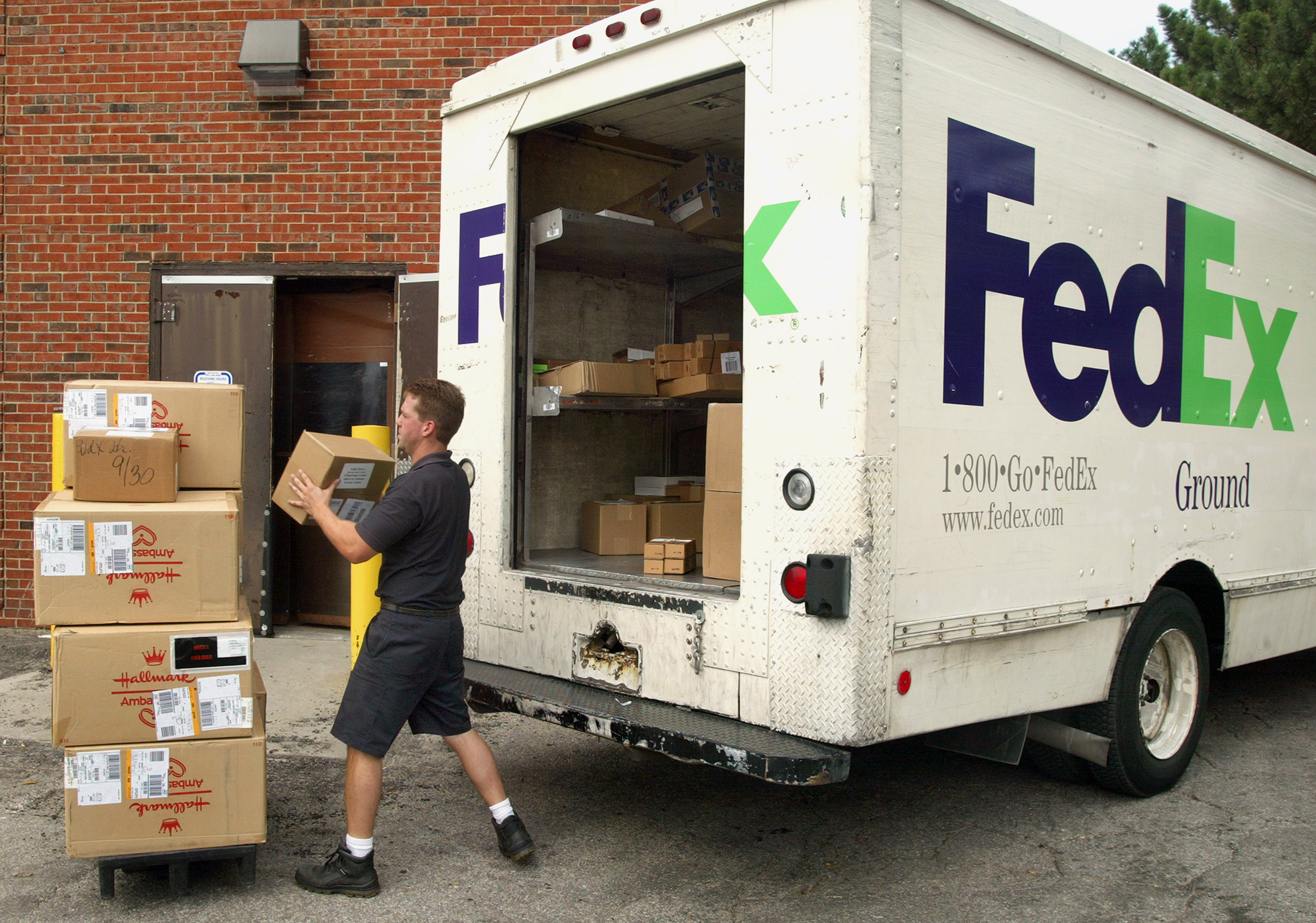Freight Volume Strong, Pricing Even Stronger
According to the latest research, freight volume continues to be strong, with pricing even more robust.
In fact, it now looks as if the October 2016 Cass Shipments Index, which broke a string of 20 months in negative territory, was one of the first indications that a recovery in freight had begun.
A YoY stacked chart highlights that the November 2017 shipments index exceeded all previous Novembers since 2007, even surpassing the record high October established in 2014. We should point out that 2014 was during an extraordinarily strong freight market overall and was before the industrial recession (which started in December of 2014) had begun.
As has been true since May, when viewed on an unstacked basis, it becomes readily apparent that the nominal value for each month was higher than all the monthly values posted in 2016. As November 2017 achieved a level even with the record freight year of 2014, we find it easy to predict 2018 should attain new record highs.
The November YoY percentage change is encouraging and notable because the freight recovery started in the second half of 2016 (i.e., tougher comparison).
Data continues to suggest that the consumer is finally starting to spend a little, albeit not with brick and mortar retailers. It also suggests that, with the surge in the price of crude in October of last year, the industrial economy’s rate of deceleration first eased and then began a modest improvement led by the fracking of DUCs (drilled uncompleted wells), especially in the fields with a lower marginal production cost (i.e., Permian and Eagle Ford). We have been questioning, “How fast will the recovery from here be?” However, the overall freight recession, which began in March 2015, appears to be over and, more importantly, freight seems to be gaining momentum in most segments.
The DAT Dry Van Weekly Barometer is giving us real-time indications of stronger demand and tighter capacity in this key freight group.
We will closely monitor, but it appears that there has been a strong positive effect from the hurricanes, especially in the flatbed trucking segment.
Even the reefer mode is seeing a strong environment in which demand is exceeding capacity by a material amount.
The Cass Freight Expenditures Index has posted one ever-larger percentage increase after another throughout 2017. We have commented repeatedly that this was indictive of an economy that is continuing to expand. With October’s 11.2% increase in spending, which was from a percentage increase basis the second largest posted in the last five years (only June 2014’s 12.1% was higher), we wondered whether or not we had reached a peak. Then came November’s 14.3% increase, which establishes a new YoY percentage high increase.
Expenditures (or the total amount spent on freight) turned positive for the first time in 22 months in January 2017, albeit against an easy comparison. Not since 2011—when the economy was still climbing out of the recession—had this index been so low. Our Expenditures Index in January 2016 was the worst in five years, as demand had weakened and crude oil had fallen below $30 a barrel. Although February and March of 2016 were also weak, they were not nearly as weak as January 2016 and hence a slightly tougher comp. Since fuel surcharges are included in the Expenditures Index, fuel was a negative bias in the data last year.
Throughout much of 2017 fuel was up more than 75% on a YoY basis, and we have pointed out that part of the expenditures increase was a result of the relatively steady increase in the price of fuel and the related fuel surcharges. That said, the YoY increase attributable to fuel is now diminishing (up less than 10% on a YoY basis now), and we are also seeing some improvements in the pricing power of truckers and intermodal shippers. As an example, the proprietary Cass Truckload Linehaul Index (which measures linehaul rates and does not include fuel) rose a healthy 6.3% on a YoY basis in the month of November. The proprietary Cass Intermodal Price Index (which does include fuel), increased 3.9% in November, but as we’ve pointed out, fuel is a now a diminishing factor on a YoY basis. (See those reports here for more details on the data and the underlying trends).
We should also remind readers of a fundamental rule of marketplaces: volume leads pricing. Repeatedly we have watched in a host of different markets, that volume goes up before pricing starts to improve and volume goes down before pricing starts to weaken. Even in markets as basic as the weather, the number of hours of sunshine (sunrise to sunset) starts to decline long before the temperature starts to fall.
Viewing the Cass Freight Expenditures Index on nominal basis shows how positive the trajectory has been in the last ten months. It is still below levels achieved in the 2014 period, but if the current rate of improvement continues it appears poised to reach those levels again by the second quarter of 2018. To put how strong the underlying pricing is in perspective, we should remind readers that the price of oil was at or above $100 a barrel throughout most of 2014, vs the current price of ~$57 a barrel.
Similar to the Cass Freight Shipments Index, the Cass Freight Expenditures Index—when viewed on a nominal YoY stacked basis—highlights that the November Expenditures Index has exceeded all previous levels for November with the exception of 2014. As we’ve noted, since oil was markedly higher in 2013 and 2014, we see this data point as very encouraging.
SHIPMENT VOLUMES
What specifically is driving recent volumes? Parcel volumes associated with e-commerce continue to show outstanding rates of growth, with both FedEx and UPS reporting strong U.S. domestic volumes. According to the proprietary Broughton Capital index in the most recent month available (October), airfreight has also been showing ongoing strength, with the Asia Pacific lane up 7.4% and the Europe Atlantic lane growing 5.6% on a YoY basis.
As we have described in previous reports, the strength in the Asia Pacific lane buoys our confidence in continued strength in the tech sector, and continued improvement in the Europe Atlantic lane buoys our confidence in the continued growth in the overall European Union economy. In turn, this makes us more bullish about the U.S. economy because a stronger EU and a stronger technology sector have historically been a strong positive for the U.S. domestic economy.
The recent surge in Asia Pacific airfreight gives us increasing confidence in the technology segment of the global economy, not because everything that moves in this lane is a semiconductor, but because the largest overall segment/type of good that is moved via airfreight in this lane has one or more semiconductors in it. Hence, there historically has been a high level of correlation between Asia Pacific airfreight and semiconductor billings. This is good news for economies in Asia, and good news for the technology segments of the U.S. economy.
Category: Featured, General Update, News











